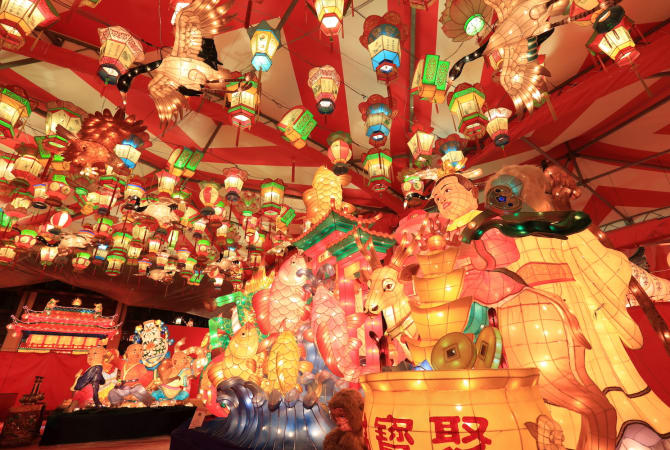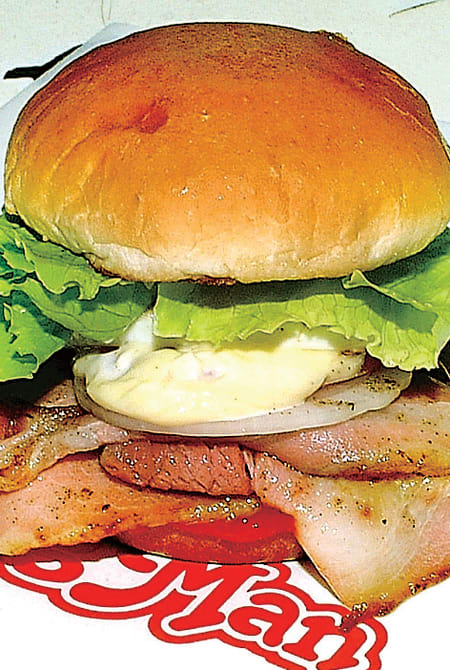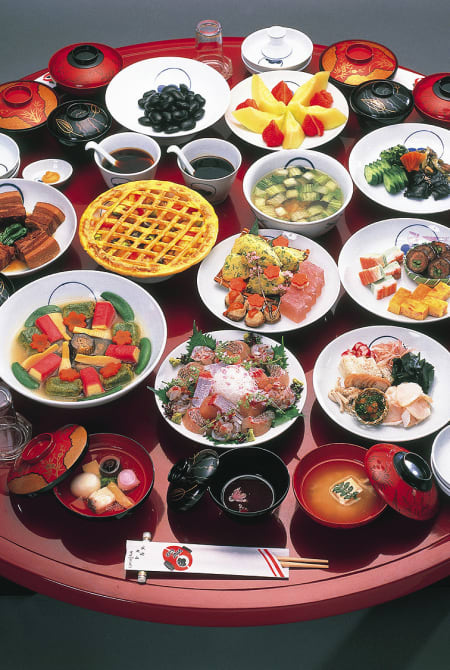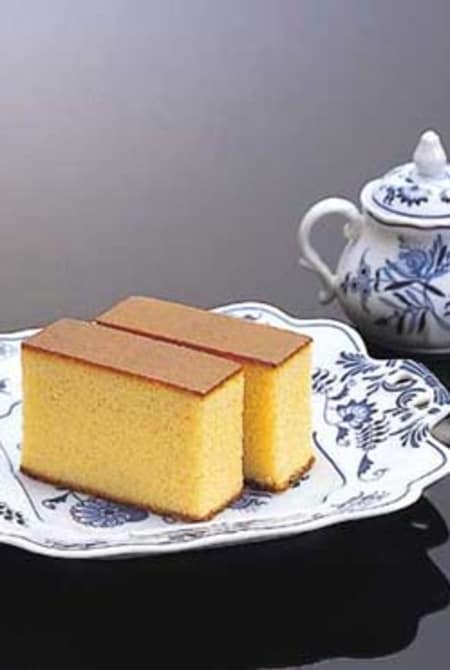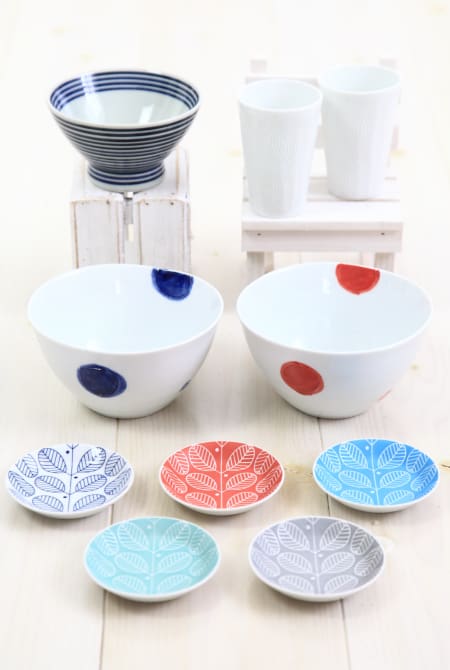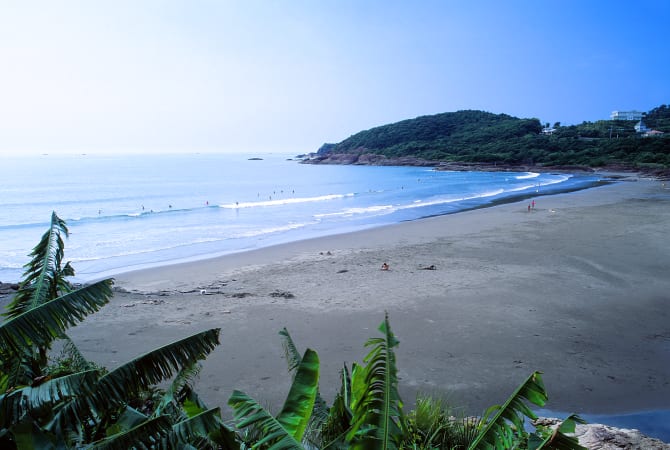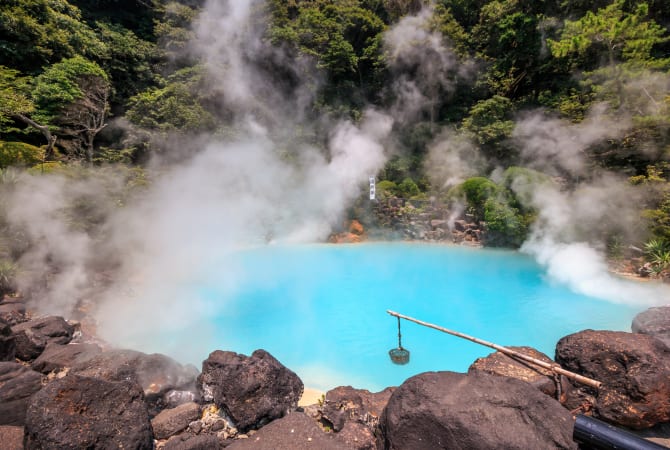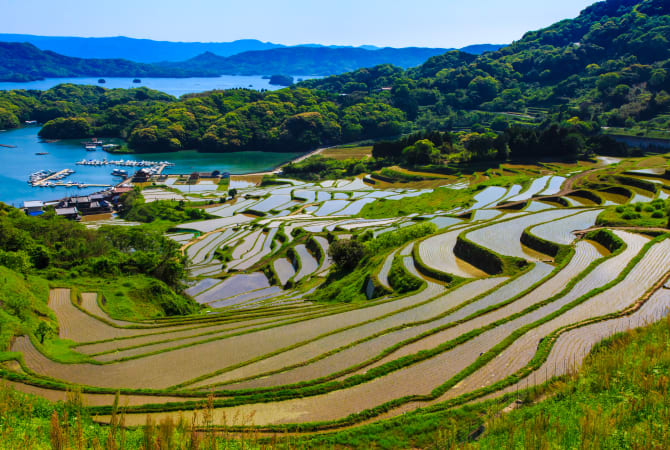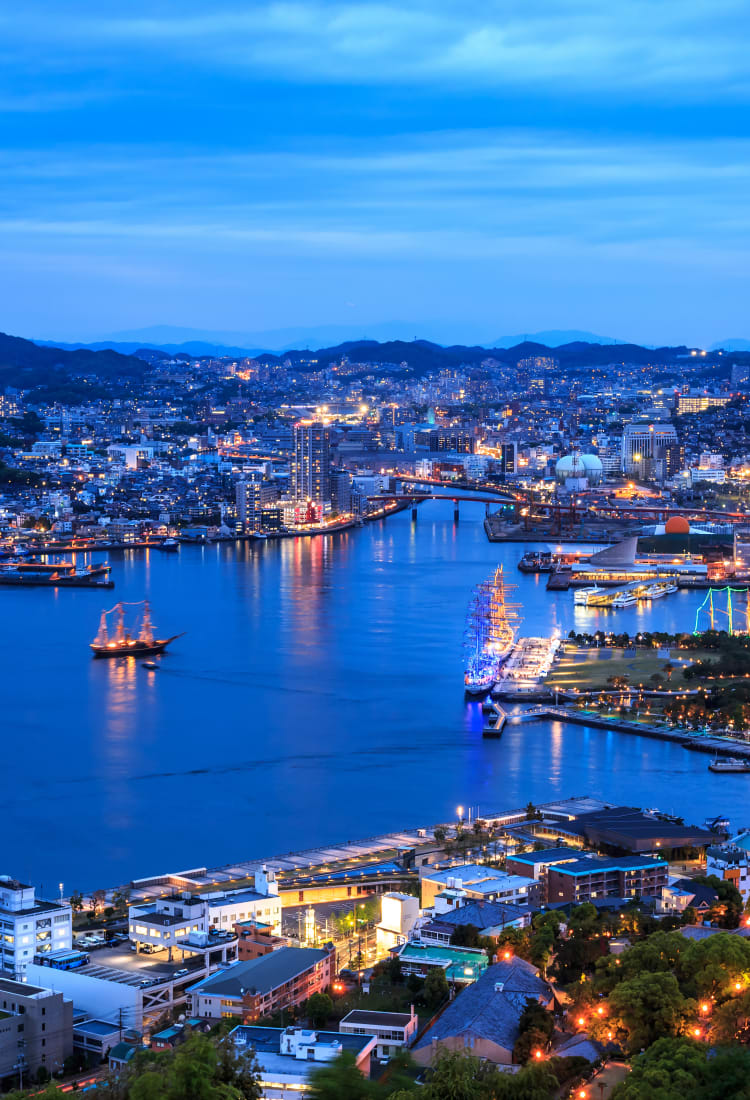

Kyushu Nagasaki Japans Tor zum Westen
Alte kulturelle Wurzeln und eine Geschichte des internationalen Handels in einer Kulisse von Hügellandschaften und bewaldeten Inseln
Anfahrt
Für die Anreise mit dem Flugzeug stellen der Flughafen Nagasaki oder der nahegelegene Flughafen Fukuoka die beste Option dar. Bustickets erhalten Sie in jedem Bus, der Sie direkt in die Stadt Nagasaki bringt. Von Tokyo oder den großen Städten auf der Strecke aus können Sie auch den Hochgeschwindigkeitszug zum Bahnhof Hakata in Fukuoka nehmen. Von hier aus haben Sie zwei Möglichkeiten: Steigen Sie in einen Bus oder fahren Sie mit dem Kamome-Limited-Express bis zum Bahnhof Nagasaki.
Falls Sie von Fukuoka aus nach Nagasaki reisen, können Sie einen Bus von Hakata oder Tenjin oder den Kamome-Limited-Express vom Bahnhof Hakata nehmen. Um mit einer Fähre zu einer der Goto-Inseln überzusetzen, kaufen Sie Ihr Ticket am Anleger Ohato direkt hinter dem beliebten Einkaufszentrum Yume Saito. In Nagasaki bringt Sie die Straßenbahn für nur 140 Yen an alle touristischen Orte.
Nicht verpassen
- Die schönen Goto-Inseln mit ihren frischen Meeresfrüchten und atemberaubenden Stränden
- Dejima und der Glover Garten, die europäisch anmutende Heimat einiger der ersten ausländischen Händler Japans
- Ersteigung des Bergs Inasa für eine Nachtsicht, die zu einer der drei schönsten Japans zählt
- Gunkanjima, die nach Ende des Bergbaus verlassene unheimliche Geisterinsel, die durch Filmaufnahmen bekannt geworden ist
Sehenswürdigkeiten Nagasaki nach Bereich
angesagte Attraktionen in Nagasaki
Lokale Spezialitäten
-
Mikawachi-Waren
Das in Sasebo hergestellte Porzellan ist bekannt als Mikawachi oder Hirado-Ware nach der feudalen Hirado-Domäne, in der es Ende des 17. Jahrhunderts entwickelt wurde. Diese weiße Keramik, typischerweise mit einer blauen Unter- und einer klaren Überglasur verziert, ist bekannt für außergewöhnliche Durchbrüche, Reliefs und plastische Details.

-
Goto Udon
©NPTA Bei der Herstellung dieser Nudeln wird Teig mit einer Sichel geschnitten und dann von Hand auseinandergezogen. Sie behalten das schwache Aroma von Kamelienöl von den Goto-Inseln, das während des Ziehvorgangs verwendet wird.

-
Sara Udon
©NPTA Dieses Gericht hat eine Basis aus knusprigen Nudeln, die mit gebratenem Kohl, Bohnensprossen und Schweinefleisch, Tintenfisch oder Garnelen auf einem Teller serviert werden. Sie können zwischen weichen Nudeln oder frittierten knusprigen Nudeln wählen.

-
Sasebo-Burger
Japans bekanntester Burger hat seinen Ursprung in der amerikanischen Marinebasis in Sasebo. Jedes Restaurant bietet eigene Spezialitäten an, darunter Burger mit Berkshire-Schinken oder Spiegelei.

-
Nagasaki Shippoku
Nagasaki war Japans erster Kontaktpunkt mit der Außenwelt. Nagasaki Shippoku ist eine Kombination aus japanischer, chinesischer und westlicher Küche, die oft Fleisch wie Geflügel und anderes Wild anbietet. Beispiele sind Kakuni (geschmortes) Schweinefleisch und Hikado, Hackfleisch und Gemüseeintopf. (Photo: ©NPTA)

-
Ariake-Blaukrabben
Früher in ganz Japan reichlich vorhanden, hat die Ariake-Blaukrabbe einen großen, rautenförmigen Rumpf und wird am häufigsten in der Präfektur Saga gefunden. Gegrillt, gekocht oder als Sashimi serviert, hat die Blaukrabbe einen süßen, buttrigen Geschmack und ist ein Muss für Krabbenliebhaber.

-
Nagasaki Chanpon
Inspiriert von der chinesischen Küche, ist der Nagasaki-Chanpon eine würzige, wärmende Nudelsuppe, die in Variationen mit Schweinefleisch, Gemüse und Meeresfrüchten zubereitet wird. Obwohl ähnlich wie Ramen, werden Chanponnudeln zusammen mit der Suppe gekocht und nicht hinzugefügt.

-
Castella-Schwammkuchen
Portugiesische Missionare brachten Castella-Schwammkuchen nach Nagasaki. Flauschig und feucht, hergestellt aus dickem Malzsirup, ist der Nagasaki-Castella sofort erkennbar an seiner goldbraunen Oberfläche, seinem süßen Aroma und seinem intensiven Geschmack. Es gibt inzwischen auch Sorten mit schwarzem Zucker, Schokolade oder Käse sowie Honig, braunem Zucker und Grünteepulver.

-
Shimabara Tenobe Somen
Somen sind sehr dünne Nudeln, die von Hand gezogen werden. Tenobe somen aus Shimabara behalten trotz der geringen Dicke ihren Biss. Genießen Sie diese Nudeln kalt an einem heißen Sommertag oder in einer heißen Suppe im Winter.

-
Hasami-Waren
Die Porzellanproduktion in Hasami nahm ihren Anfang mit der Ankunft koreanischer Töpfer im Jahr 1599. Die erschwinglichen Kurawanka-Schalen machten Hasami Yaki bald zu einem Begriff. Moderne Innovationen wie die bruchsichere Warenikka von 1987 machen dieses zeitgenössische Geschirr ideal für den täglichen Gebrauch. (Photo: ©NPTA)

Saisonale Highlights
-
Frühjahr
Tulpen in Huis Ten Bosch und Azaleen in Nagushiyama bringen die Kirschblüten, für die Japan bekannt ist, erst richtig zur Geltung. Das Fest der Tausend Laternen in Hirado erleuchtet den Fumon-ji-Tempel.

-
Sommer
Erleben Sie das wahre Inselleben bei den verschiedenen Festen an Nagasakis Küste. Speisen Sie stachelige Hummer und beobachten Sie ein in der Sommersonne dahingleitendes traditionelles Drachenboot (Peron).

-
Herbst
Im Herbst gerät Nagasaki mit dem Tanzfestival Sasebo Yosakoi, den No-Theater-Aufführungen in Shimabara und der todesmutigen chinesischen Akrobatik in Bewegung. Kunchi ist das größte und bekannteste Festival der Stadt Nagasaki, mit Musik, Essen und Drachentanz.

-
Winter
Nagasaki wird von Tausenden Laternen erleuchtet. Die Kirchenkonzerte in Kamigoto hallen über die gesamte Insel, und das Abflämmen des Grases auf den Hügeln des Kawachi-Toge-Passes ist ein rotglühendes Spektakel.















































